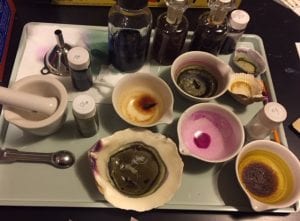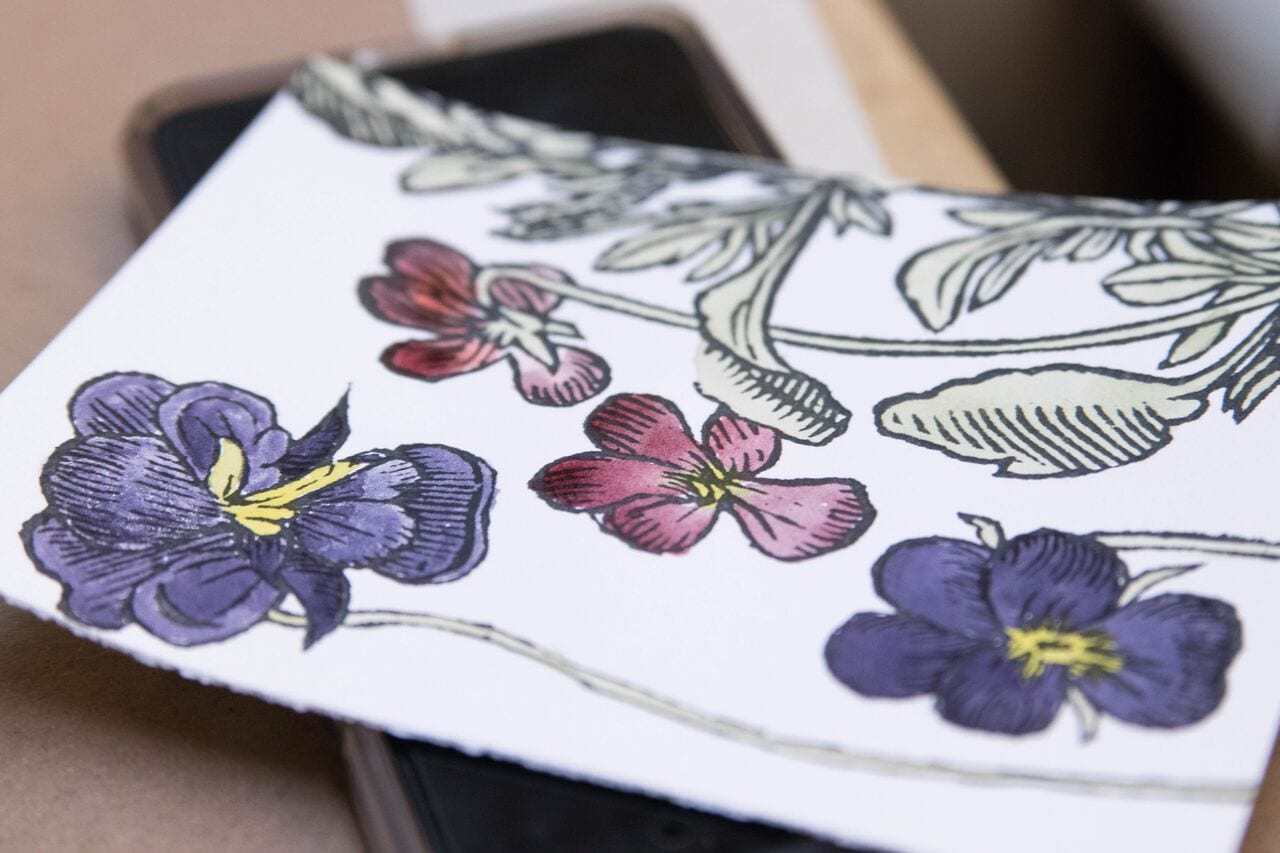Historians of science today, like myself, who seek to explain how modern science emerged, look for areas where different forms of knowledge, skills, practices and parts of the population came together to create an innovative, experimental culture. Science was not the product of academia alone, but drew centrally on craft traditions, the arts, and agriculture, as well as upon the interests of a wide population of amateurs. Historians thus look for places called “trading zones” where such intersections or collaborations might have happened [see for example, Pamela O. Long, ‘Trading Zones in Early Modern Europe’, Isis 106, no. 4 (2015): 840–47].
Since Elizabeth Eisenstein brought our attention to the importance of the invention of print in changing structures of knowledge (The Printing Press as an Agent of Change, 1980), the printer’s shop has been seen as one such trading zone. It was an arena where the production of learned works came face to face with business concerns and the practical skills of inking a press, laying type, and arranging paper supplies. However, what my experiments in color-making in collaboration with Marilyn Mohr and Ashlee Weitlauf at the Beach Conservation Lab have shown me, is how much of a trading zone manuscript color-making is. From growing, foraging, or buying a wide range of ingredients, interpreting obscure terms in recipes, and trying to understand the bizarre and dramatic chemical reactions that often occur, color-making vibrantly brings together natural history, chemistry, art, languages and learning. The arrival of the printing press meant that the large-scale, commercial production of books began to happen mostly in black and some red; color-making thus became not only the province of artists but also of a large population of amateurs, who combined experiments in color with other interests such as gardening, medicine, and alchemy, setting the stage for experimentalism. Not coincidentally, color-making is a huge topic of interest for early experimentalists (none of them professional scientists) like Hugh Plat, Francis Bacon, Theodore Mayerne and Robert Boyle.
Farm to Book is a collaboration at the University of Oregon between myself (Vera Keller of the Department of History), Marilyn Mohr and Ashlee Weitlauf of the Beach Conservation Lab, and Harper Keeler of the Urban Farm. It seeks to create a trading zone of our own here at UO’s campus, bringing together interests and skills often separated in different corners of campus, in a spirit of collaboration, learning, and experimentation.
Vera Keller
Please contact vkeller@uoregon.edu with any questions, and have fun exploring this site!
On Feb. 8, 2019, we launched our Traveling Scriptorium and experiments with flower inks in a free public pop-up workshop at the Crafts Center, “The Romance of Red: Crafting with Premodern Color.” Participants were able to experiment using inks inspired by seventeenth-century green chemistry.




